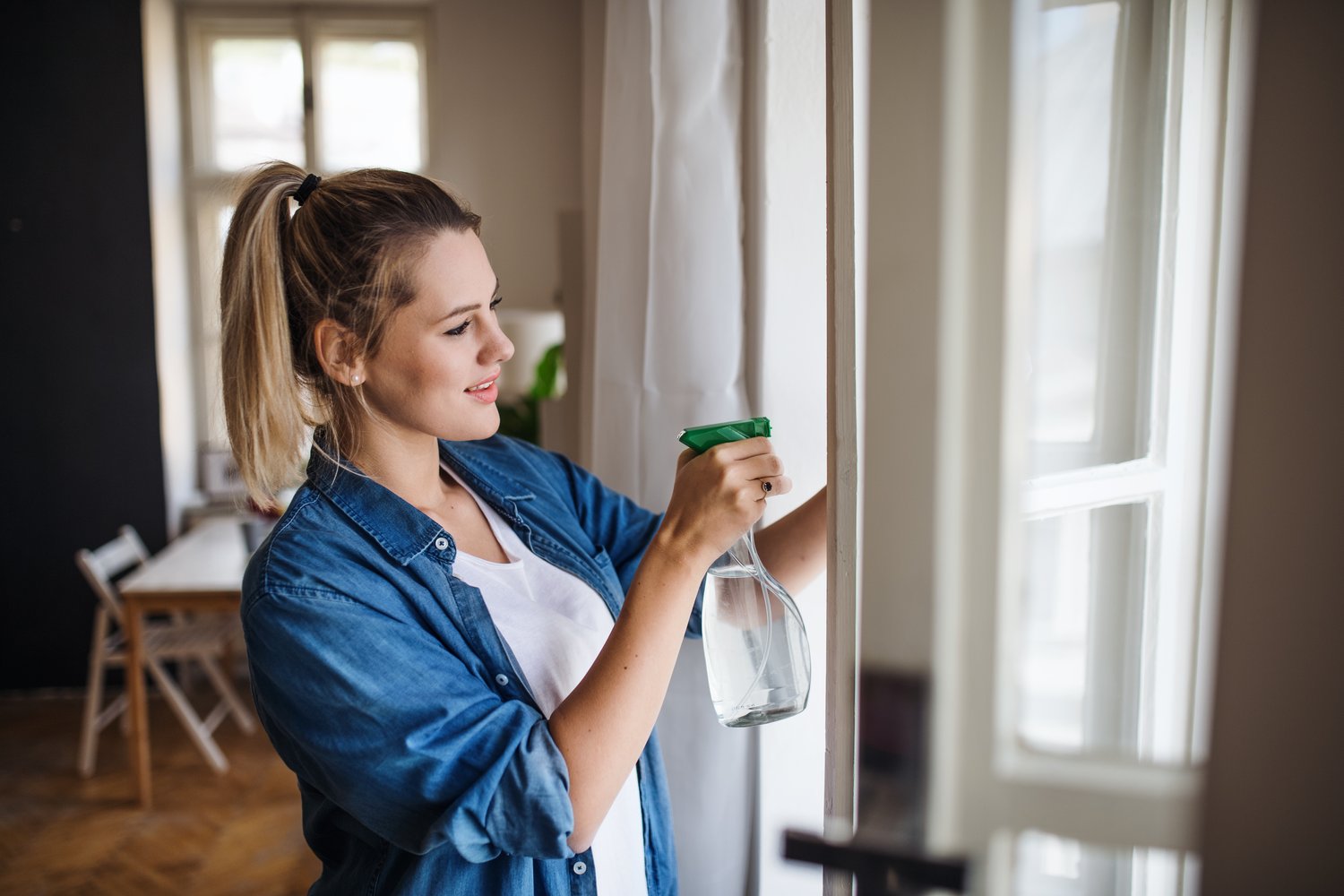When temperatures drop, the risk of colds and flu rises dramatically, making your home a potential breeding ground for germs and viruses. Properly cleaning and disinfecting your living space becomes essential for maintaining family health during these vulnerable months. This article explores the most effective methods for sanitizing your house during cold and flu season, highlighting key areas that require special attention and providing practical strategies to prevent germs spread throughout your home. With these targeted approaches, you can create a healthier environment for everyone under your roof.
Understanding the Difference Between Cleaning and Disinfecting
Many homeowners use the terms cleaning and disinfecting interchangeably, but they represent distinct processes that work together to maximize germ removal. Cleaning refers to the physical removal of dirt, debris, and some germs using soap or detergent with water. This step is crucial as it removes the medium where bacteria and viruses thrive. Disinfecting, on the other hand, involves using chemicals specifically designed to kill pathogens on surfaces. For effective cold and flu cleaning, both steps must be implemented systematically throughout your home. Always clean surfaces before disinfecting them, as disinfectants work best on already clean surfaces where they can directly contact germs without interference from dirt and organic matter.
High-Touch Surfaces That Need Extra Attention
When focusing on disinfecting your home during cold and flu season, certain high-touch areas deserve priority treatment. Doorknobs, light switches, remote controls, phones, tablets, computer keyboards, and faucet handles are touched countless times daily by multiple household members, making them prime vehicles for germ transmission. Additionally, kitchen and bathroom countertops, toilet handles, refrigerator doors, and microwave buttons should be included in your regular sanitizing routine. Creating a checklist of these hotspots can help ensure nothing is overlooked in your effort to prevent germs spread. Aim to disinfect these surfaces at least once daily during peak illness season, increasing frequency if someone in the household is already sick.
Effective Products and Methods for Disinfection
Selecting the right products is essential for effective home disinfection. EPA-registered disinfectants labeled for use against influenza and common cold viruses offer reliable protection. Alcohol-based products containing at least 70% alcohol work well for electronics and other sensitive surfaces. For a more natural approach to sanitize your house, hydrogen peroxide solutions or white vinegar can be effective against many pathogens, though they may not eliminate all virus types. When using any disinfectant, pay careful attention to the product’s “dwell time” – the period the surface needs to remain visibly wet to effectively kill germs. This typically ranges from 30 seconds to 10 minutes depending on the product. Rushing this process significantly reduces disinfection effectiveness and compromises your cold and flu cleaning efforts.
Laundry and Fabric Care During Illness Season
Fabrics and soft surfaces in your home can harbor viruses for hours or even days. Bedding, towels, and clothing should be washed in the hottest water appropriate for the fabric, using a detergent with disinfectant properties when possible. Pay special attention to hand towels in bathrooms and kitchens, which should be changed daily during cold and flu season. Pillowcases and sheets used by sick family members should be changed and laundered immediately. For non-washable items like upholstered furniture, fabric-safe disinfectant sprays can provide some protection. Professional cleaning services like those recommended by AskHomey can provide deep fabric cleaning when needed, especially after someone in the household has been ill.
Creating a Cleaning Schedule and Routine
Consistency is key to effective disinfecting during cold and flu season. Establish a regular cleaning schedule that addresses different areas of your home on specific days, ensuring comprehensive coverage over time. Morning and evening quick-disinfection routines focusing on high-touch surfaces can dramatically reduce germ transmission. When a family member becomes sick, implement an intensified cleaning protocol, disinfecting bathroom surfaces after each use and keeping the sick person’s items separate when possible. Teaching all household members proper handwashing techniques complements your disinfecting home efforts by reducing the initial spread of germs to surfaces. Remember that even the most thorough disinfection routine can’t compensate for poor personal hygiene practices.
Air Quality and Ventilation Considerations
While surface cleaning receives most attention during cold and flu season, air quality plays an equally important role in preventing illness spread. Regularly change HVAC filters, using high-efficiency versions during peak illness months. Opening windows for even 5-10 minutes daily can help remove airborne pathogens and bring in fresh air. Consider using air purifiers with HEPA filters in bedrooms and common areas to capture airborne viruses. Maintaining optimal humidity levels between 40-60% can also reduce virus viability in your home environment, as extremely dry air preserves some viruses while making respiratory passages more vulnerable to infection.
For more tips and to connect with reliable home service professionals, follow AskHomey on Facebook and Instagram.



